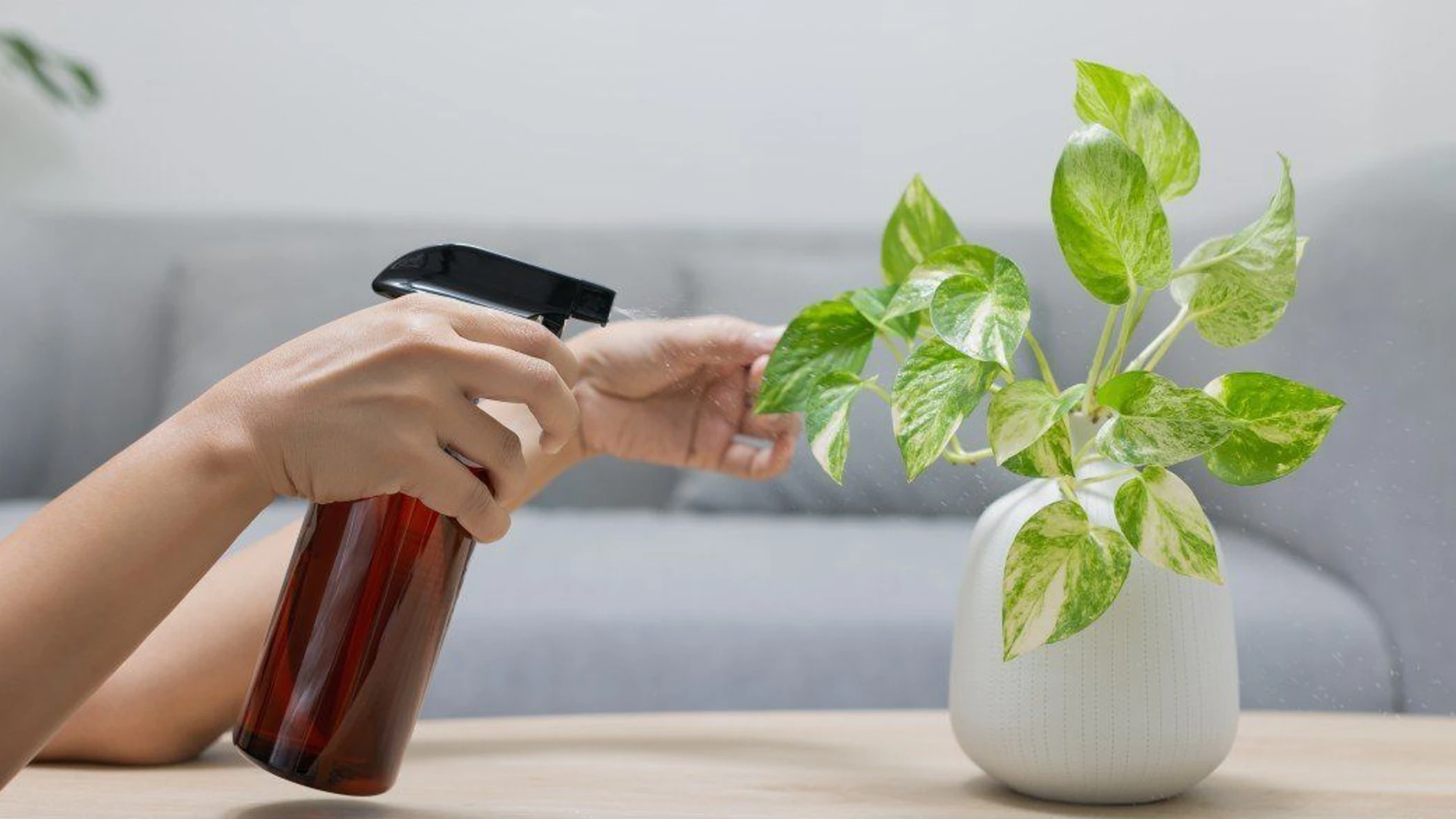Epsom Salt is Magnesium Sulfate – An essential nutrient for plants and vegetables
Gardeners across the country recommend Epsom salt as an inexpensive way to start or enhance your garden as spring approaches.
Epsom salt – actually magnesium sulfate – helps seeds germinate, makes plants grow bushier, produces more flowers, increases chlorophyll production and deters pests, such as slugs and voles. Additionally, it provides vital nutrients to supplement your regular fertilizer.
Neil Mattson, assistant professor at Cornell University, says plants will show visual cues if they are starved for a particular nutrient. The yellowing of a plant’s leaves can indicate the plant needs more sulfate. If lower leaves turn yellow between the veins (that is the veins stay green), they may need more magnesium. It is important for growers to contact their county extension agents either before planting to get a soil sample tested, or to bring in a plant for diagnosis if they notice a problem.
“Plants need those building blocks”” says Mattson. “Magnesium and sulfur are essential nutrients.”
 Even though magnesium and sulfur occur naturally in soil, they can be depleted by various factors, including heavy agricultural practices. Unlike most commercial fertilizers, Epsom Salt does not build up in soil over time, so you can’t overuse it.
Even though magnesium and sulfur occur naturally in soil, they can be depleted by various factors, including heavy agricultural practices. Unlike most commercial fertilizers, Epsom Salt does not build up in soil over time, so you can’t overuse it.
For plants like roses, pansies, petunias, and impatiens, Mattson adds Epsom salt to fertilizer. Epsom salt can be mixed with fertilizer and added to soil monthly, or it can be sprayed directly on leaves every two weeks with a mixture of one tablespoon of Epsom salt and a gallon of water.
Epsom Salt is recommended by Master Gardeners and is regularly used by commercial growers worldwide. Tests by the National Gardening Association confirm that roses fertilized with Epsom Salt grow bushier and produce more flowers. It also makes pepper plants grow more prominent than those treated only with commercial fertilizer.
Here are some other tips for using Epson salt in the garden:
- Houseplants: 2 tablespoons per gallon of water, feed plants monthly.
- Roses: 1 tablespoon per foot of plant height per plant; apply every two weeks. Scratch 1/2 cup into soil at the base to encourage flowering canes and healthy new basal canes. Soak unplanted bushes in 1 cup of Epsom Salt per gallon of water to help roots recover. When planting, add a tablespoon of Epsom Salt to each hole.
- Shrubs (evergreens, azaleas, rhododendron): 1 tablespoon per 9 square feet. Apply over root zone every 2-4 weeks.
- Lawns: Apply 3 pounds for every 1,250 square feet with a spreader, or dilute in water and apply with a sprayer.
- Trees: Apply 2 tablespoons per 9 square feet. Apply over the root zone 3 times annually.
- Garden Startup: Sprinkle 1 cup per 100 square feet. Mix into soil before planting.
